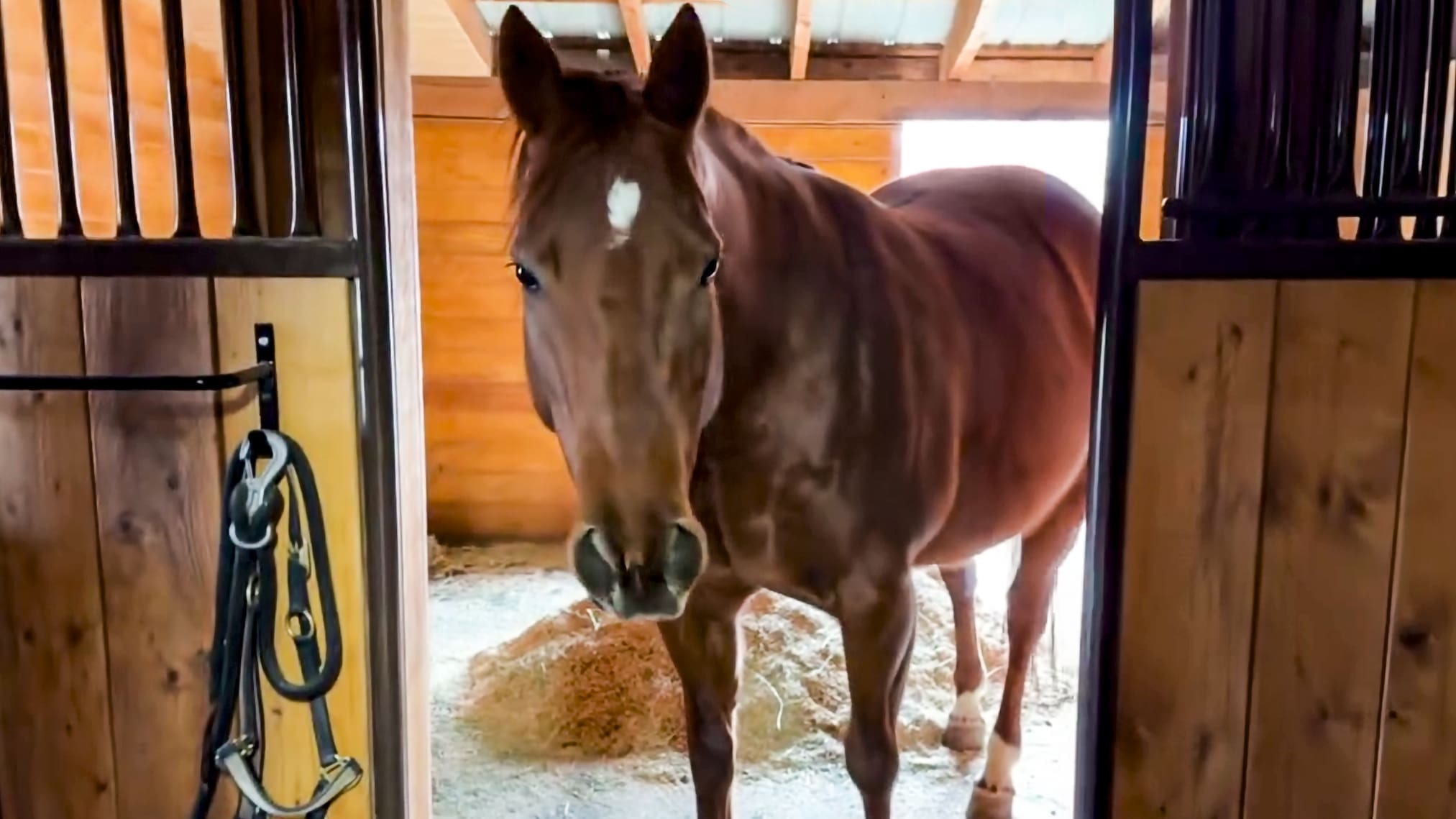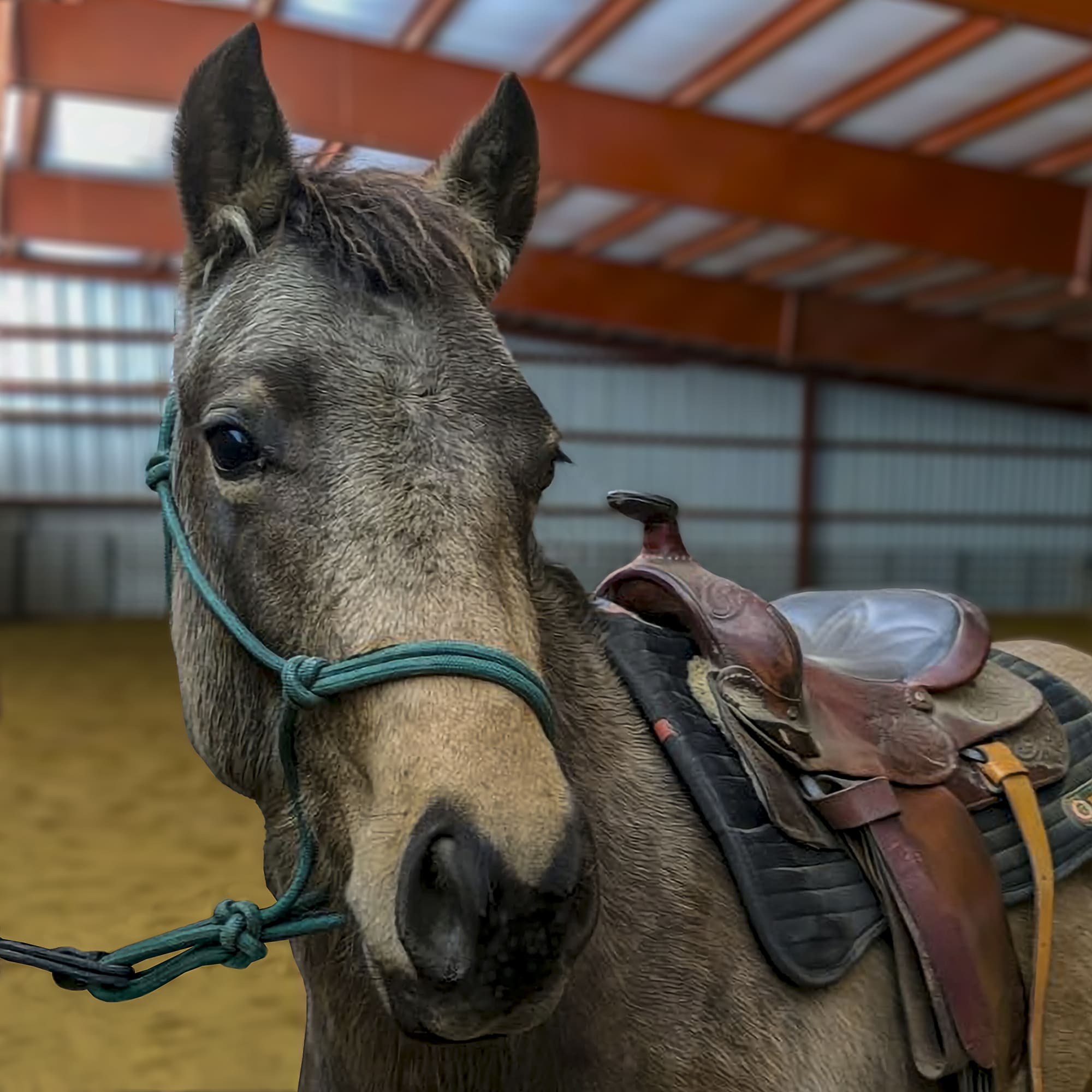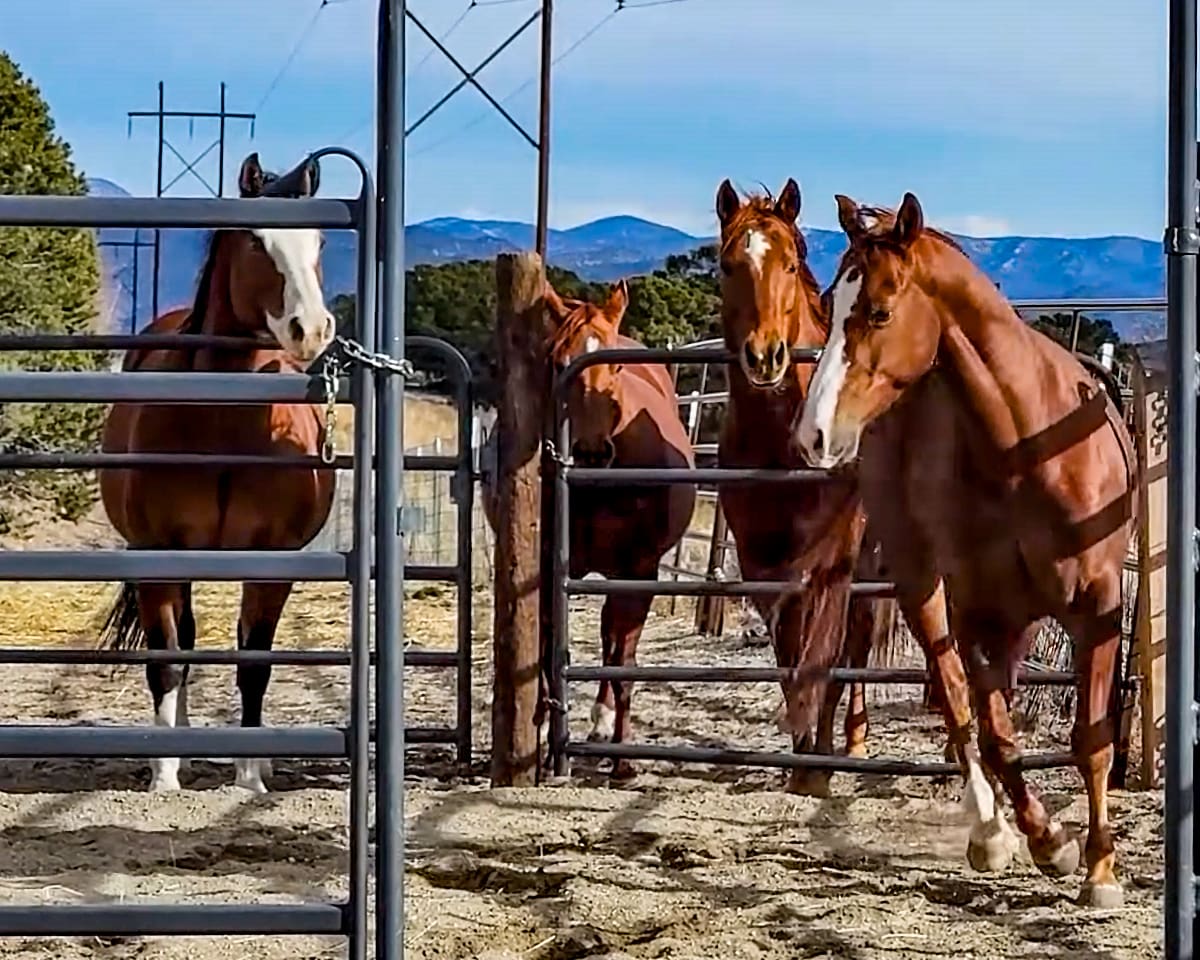Greetings!
I am finally getting back on my horse and into a regular riding routine. The time off hasn’t hurt him at all. In fact, he’s put on weight, which is good and he’s gotten a little lazy—also good. Although it doesn’t really surprise me, but it always pleases me to know that my horse (like any well trained, well-tempered horse) can take an extended period of time off and then you can saddle him up and he’ll be as sharp as when he was in steady training. They really don’t forget. As one of my mentors in the business, renowned equine behaviorist Dr. Jim Heird, is fond of saying, a horse has the memory of an elephant, but the problem solving ability of an armadillo!
I like to do a lot of detail work during my riding routine. Lots of schooling exercises, pattern work, refining transitions and challenging obstacles. Today, I spent some time doing small circles at the collected trot with a counter-bend. I’ll start with a small circle right with the correct bend, then guide my horse onto a circle left while maintaining the bend to the right. After a few rounds to the right, we’ll switch to the left. This is a great exercise for body control and helps work my horse’s abdominal and back muscles.
I also did some work leg yielding, or two-tracking. Start at the walk if your horse is not moving off your leg well and come down the center line (the long line in the middle of your arena); while keeping his nose and body pointed straight ahead, ask him to move right—part sideways, part forward—by bringing your left rein in and up toward his withers (indirect rein in front of the withers), opening your right rein, pressing with your left seat bone and reaching back and pressing rhythmically with your left leg. In the leg yield your horse is bent away from the direction of travel. Release the aids and go straight when you feel him move sideways, then ask again. Once you have your horse moving well off your aids at the walk, you can progress to the trot. This is a great exercise for lead changes, lead problems and just general responsiveness.
I like to do some fun stuff too—not just collection and lateral movements, etc. Today we dragged the log all around the arena, going in the more challenging direction to the left and also dragging it backing up. It’s fun to see if you can maneuver the log into a specific position. If you’ve never dragged anything off your horse, start at the beginning just getting him used to ropes first then just dragging a rope. Then progress to something light weight—let him follow while someone else drags it, then put him in front and have someone drag it behind him. It’s not natural for a horse to be attached to something following him from behind and many horses will spook at this. So if you try this, be careful and work up to it slowly. But when you can drag stuff, your horse will be better broke. We like to drag all kinds of stuff like tarps, barrels, whatever we can find and can tie onto.
Then I dragged the tarp onto the ground and proceeded to walk and trot over it. That always makes me a little nervous because I think about what might happen if he got hung up on it and it started following him. Even though that’s never happened, for some reason I always picture it, whether it is me going over the tarp or I am watching someone else (mind pollution). But the good thing about riding a very broke horse is even if that happens, it’s not a big deal. For Dually, walking and trotting over the tarp doesn’t even raise an eyebrow (figuratively speaking).
Anyway, I thought I’d give you an idea of some things you might work on while doing your riding routine. People are often asking me what to do in the arena— they get out there, do a little warm up and then can’t think of what to do. What would you like to hear about in a mounted workout plan?
Until next time,
Julie
For training tips from Julie, visit the Training Library at http://juliegoodnight.com/q&a.php and check out her online store–full of training tools and DVDs– at http://juliegoodnight.com/products.html
http://www.juliegoodnight.com
http://www.horsemaster.tv




No comment yet, add your voice below!